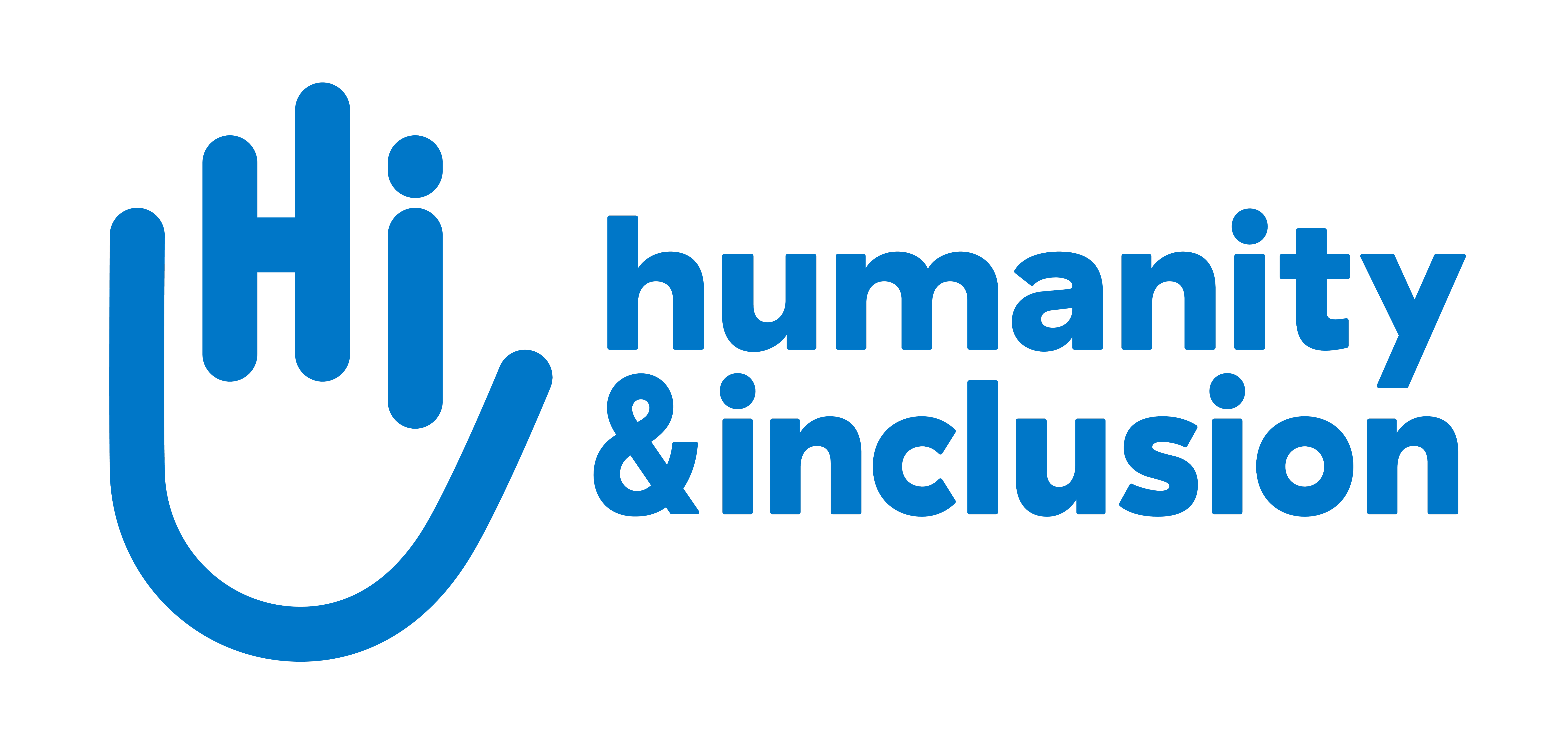Cambodia
40 years after its creation in Cambodian refugee camps in Thailand, HI continues to support the most vulnerable people in Cambodia, including mine survivors, children with disabilities and road accident victims. HI also works to improve access to inclusive, quality education.

Kuy Navy has lost her right leg due to an anti-personnel mine. Since 2010 she has been a patient at HI’s PRC Center Kampong Cham in Cambodia and has received 7 prostheses and rehabilitation services. | ©Stephen Rae/HI
Actions in process
HI has been active in Cambodia since 1982. Initially working under the American Friends Service Committee (1982–1986), the organization has operated under its own name since 1987. Today, HI is recognized as a key disability actor in the country.
Key Actions:
Physical rehabilitation: Creation of 7 physical rehabilitation centers and the para-tetra rehabilitation center; establishment of the national physiotherapy school.
Mine action: Development of the Mine/Unexploded Ordnance Victim Information System, later transferred to the Cambodian Red Cross.
Road safety: Initiated the creation of the National Road Safety Committee (NRSC) and the Road Crash and Victim Information System (RCVIS); developed road safety curricula for schools; contributed to traffic law drafting and enforcement.
Maternal and child health: Integrated newborn screening tools into the national Safe Motherhood Protocol and midwifery curriculum.
RAISE project: Supported rehabilitation in six centers managed by the PWDF (Kampong Cham and Tbong Khmum provinces), promoted accessibility in ten provinces, and carried out national-level advocacy and technical assistance.
Areas of intervention
concretely
Situation of the country
Cambodia was subjected to the radical communist regime of the Khmer Rouge under Pol Pot between 1975 and 1978 - which resulted in two million deaths - and the Vietnamese occupation between 1978 and 1992.
The conflict ended in 1991 with the signing of the Paris Comprehensive Peace settlement. The country has since experienced relative stability, economic growth and some significant progress, the most striking being the decline in maternal and infant mortality rates. However, Cambodia remains among the poorest countries in Southeast Asia.
There is still much poverty and inequality. There is continued corruption and impunity for the richest members of society and numerous problems remain unresolved. The still-fragile economy generates little public revenue, which explains the continued weaknesses in the health and education systems.
Number of HI staff members: 44
Date the programme opened: 1987











